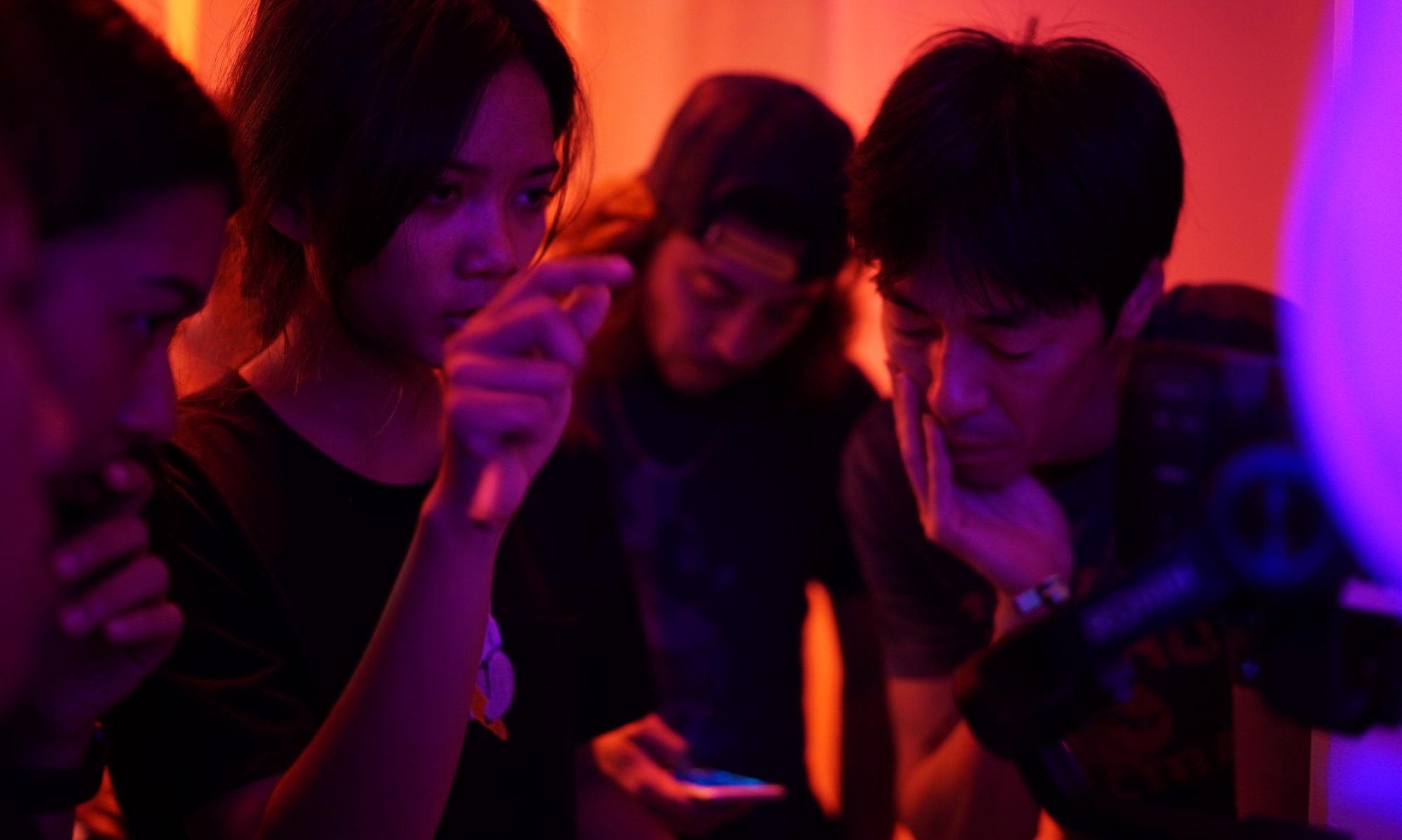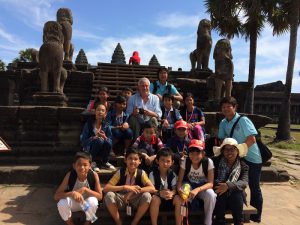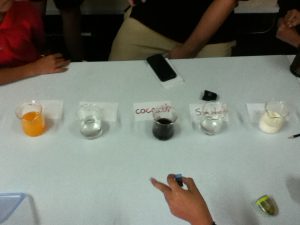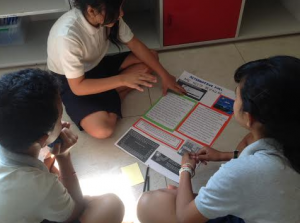Exploration Name: Public Relations (PR)
Exploration Dates: March 10th-May 2nd, 2014
Number of students: 8
Essential Questions/ Areas:
1. Literacy Coaching
2. Presentation Skills
3. Global Connections
Description:
In our Exploration class, we had three things to work on. The first area was global connections. Global connections mean that we share what we do at Liger with people around the world by using Facebook, Instagram, Youtube and blog. The first thing we used is Instagram because we can post the picture and caption to show what we do at Liger. The second area we practiced was literacy coaching. Literacy coaching is about teaching other students about literacy. This means when students need help to edit a blog or presentation we help them edit and give them some feedback or advice.The last is Presentation skills. The presentation skills we learned about are stance, eye contact, fidget, speed, and volume. Our goal was to share Liger to the world, have more people come to our Exploration Celebration and get more followers on Instagram.



